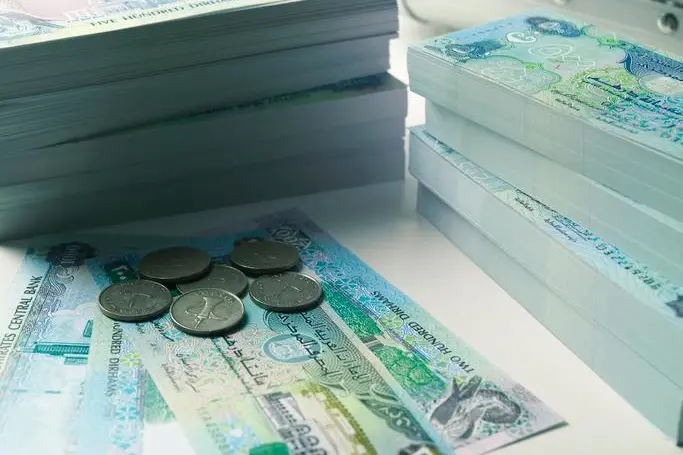PHOTO
*
MUMBAI (Thomson Reuters Foundation) - India's first plan for a socially fair shift away from coal in areas where mines have been shut will include a survey of local people, alternative jobs for them and efforts to protect basic services from the effects, according to government officials.
Work on the plan - for which the government is seeking support from the World Bank - will begin this month, with ground surveys of two mining-hub districts in eastern India, federal coal ministry officials told the Thomson Reuters Foundation.
Preliminary reports will be submitted to the government within a year, but the timeline for the "just transition" project is about eight years and it will cost at least $1 billion, they added.
Bhabani Prasad Pati, joint secretary in the coal ministry, who is overseeing the plan, said it would cover already closed mines, abandoned mines and mines that are due to be shut within the next few years because their resources have run out.
"A lot of people lose their livelihood when mines close. The population around these coal belts is poor," he said.
"They should have honourable living conditions even after mine closures. Schools and roads built during mining need to be maintained," he added.
There are more than 290 abandoned or closed coal mines in India, government data shows.
But with few alternative options, most people still depend on the planet-heating fossil fuel for a living despite years of mining destroying their crops and polluting local water and air.
Officials said the plan would focus on mines that have already been shut or are slated for closure, and would not be extended to others in order to speed a clean energy transition.
But lessons from the two districts will be useful in the future, as India greens its energy mix, officials noted.
At November's COP26 U.N. climate summit, India said it could not commit to "phase out" coal given its rising energy demand and the several million jobs dependent on the fuel, and secured weaker language in the Glasgow Climate Pact.
The stand was received well in the country's coal-rich areas that fear a threat to their key source of incomes and tax revenues.
India, the world's third largest energy-consuming country, is aggressively adding renewable power capacity to achieve a 500 gigawatt goal by 2030, while at the same time beefing up coal production to meet growing energy needs, secure its energy supplies and take advantage of its vast coal reserves.
HOLISTIC VISION
While India will likely still use coal for a further four decades, experts said work on a national "just transition" strategy is key as it seeks to meet renewable energy goals and comes under growing pressure to wean itself off fossil fuels.
India is in line to receive funding to help it move away from coal along with three other countries, as part of a $2.5-billion initiative launched at COP26 by the multi-donor Climate Investment Funds, though the details have yet to be worked out.
Under the new plan for closed mines now being discussed, Indian officials said activities to rehabilitate communities would be funded by the World Bank and money earmarked by states and mining firms for social welfare, among other sources.
India did not have proper mine closure guidelines until 2009. Officials said they are now seeking technical expertise from the World Bank to better understand the socio-economic impact of such closures on people and their livelihoods.
"Earlier we only looked at technical and environmental aspects of mine closure. But now we are discussing how our guidelines should look at the society and community holistically," said official Pati.
Geospatial data is being prepared on the number, location and size of closed mines, and the number of people dependent on them for a living, he noted, adding the new plan would apply "just transition" principles.
A World Bank spokesperson said by email that India's coal ministry had sought the bank's support to draw on global best practice and develop transition plans in consultation with communities and other key partners.
The aim of the bank's work on just transition in India and beyond is to put people and the environment at the centre of a green shift, and to help workers and their communities build a new economic future that is fair and inclusive, he added.
'NO WORK'
The two districts identified for the initial field surveys - Bokaro in eastern Jharkhand state and Korea in Chhattisgarh - have a combined 38 mines, of which 18 are not functioning.
In Bokaro, 12 of 25 mines are operating, with the rest having closed in the last five years - some due to lack of technical clearance, some merging with bigger adjoining mines, and a few exhausting their reserves.
In Korea district, six of 13 mines are no longer functioning, at least two since a couple of decades ago.
Local officials said each mine supports thousands of families.
District mining officer Triveni Dewangan emphasised that coal remains a key livelihood source. "If this is closed, nothing will be left," she said.
India is the world's second-largest coal producer, at about 730 million tonnes annually, after China. Its mining and coal power plants offer direct and indirect employment to nearly 4 million people https://www.csis.org/analysis/understanding-just-transitions-coal-dependent-communities in the country, according to researchers.
Given that large areas across India's coal-rich regions have been affected by mining, Sanjay Vashist, director of Climate Action Network South Asia, said successful just transition plans would require economic and environmental rehabilitation for land owners, as well as community involvement.
The country must prepare people in mining hubs who have drifted away from traditional occupations - mainly farming - to return to them or give them new employable skills, he added.
Growing up in Korea district's Chirmiri municipal division, local politician Shyam Bihari Jaiswal said that, of nine mines operating there in 1993, six had shut.
"There is a lot of manpower here, but no work," said the former legislator.
"The few people who earn from mining give livelihoods to vegetable vendors, laundry men (and) garment stores. It is only that money which circulates in the local economy," he said.
Cottage industries for artisan-made toys and crafts, and tourism based around local temples, waterfalls and natural caves could help revive the region's economy, he added. (Reporting by Roli Srivastava @Rolionaroll; Editing by Megan Rowling. Please credit the Thomson Reuters Foundation, the charitable arm of Thomson Reuters, that covers the lives of people around the world who struggle to live freely or fairly. Visit http://news.trust.org)























